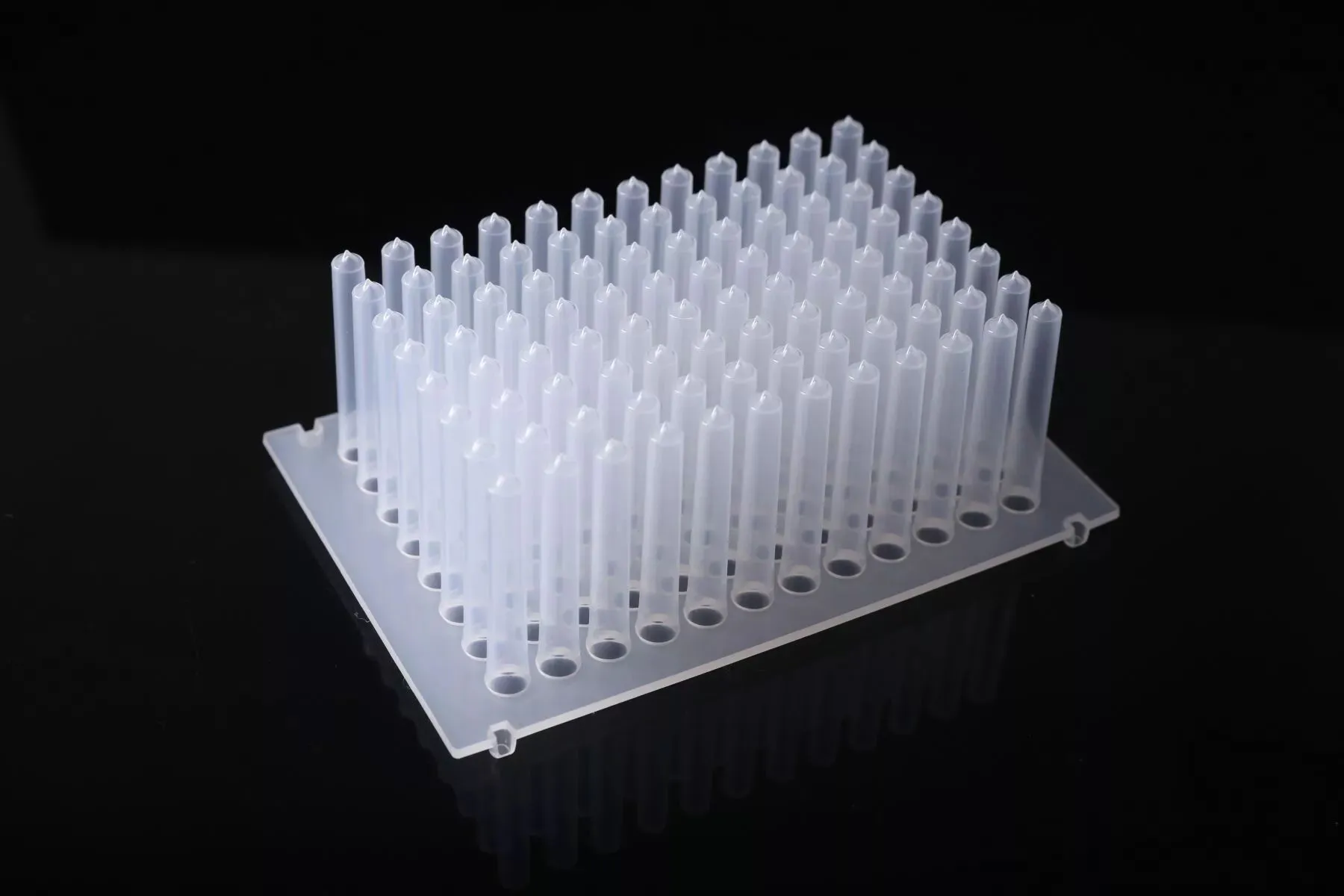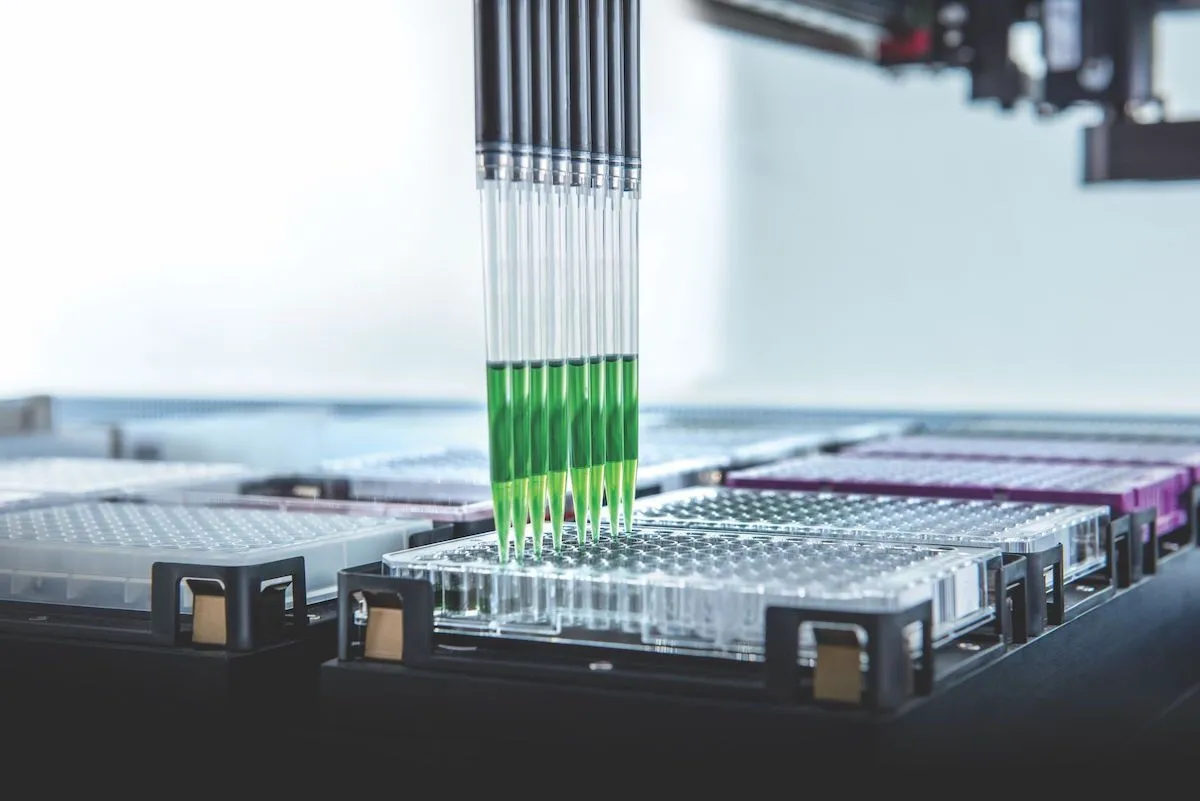Questions & Answers about PCR Consumables
Mar 02, 2022
It is well known that PCR is a basic experimental method in biochemical laboratories. Sometimes experimenters may get suboptimal results which can be caused by PCR plastic consumables with trace contamination, or experimental interference resulting from the introduction of inhibitors. There is another important reason: improper selection of consumables will also have a great impact on the experimental results. However, it is difficult to choose from many types of PCR consumables. Let's take a look at some common questions and solutions about them.
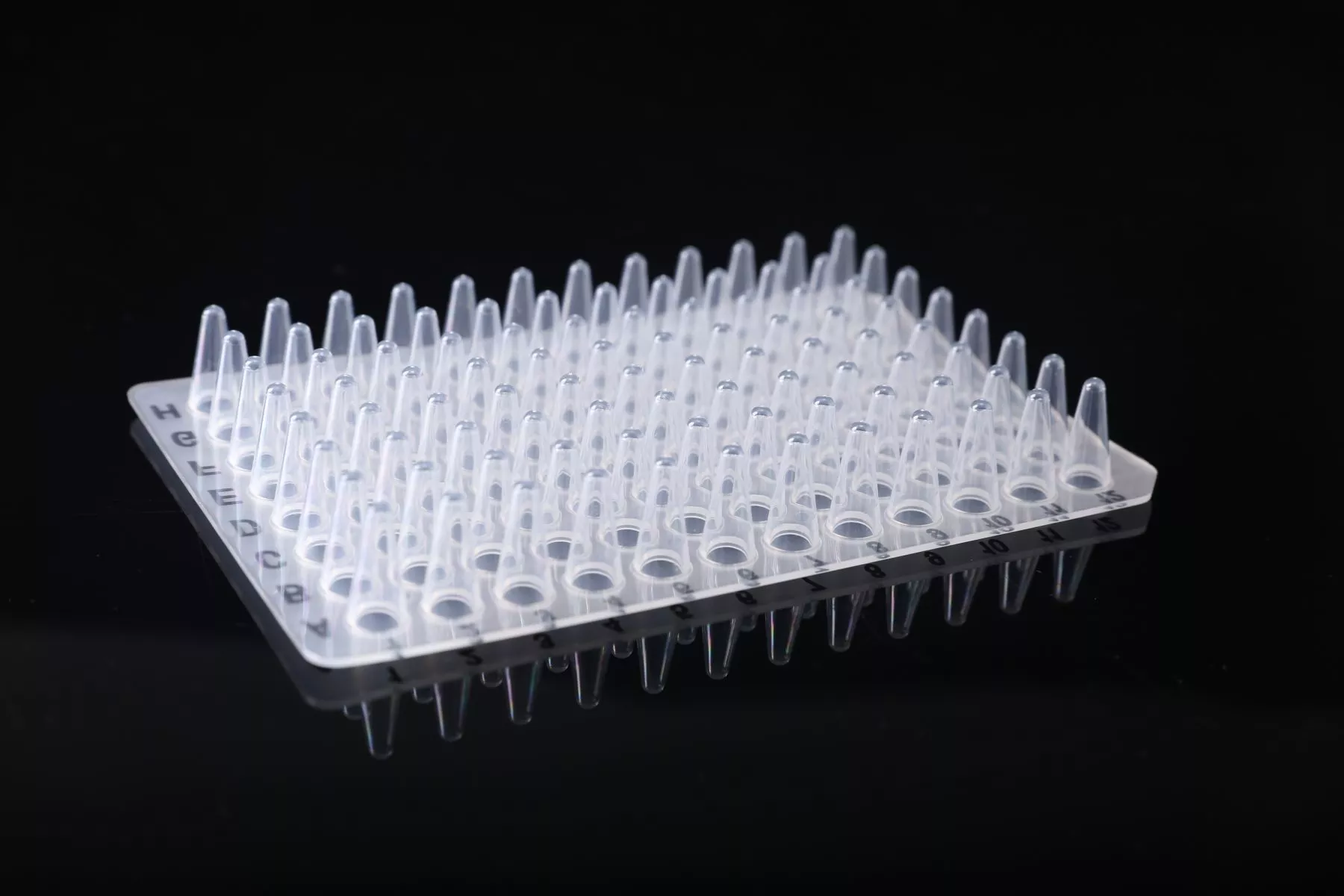
Q: Why are PCR consumables generally made of PP?
A: PCR or qPCR consumables are usually in direct contact with reagents or samples, and polypropylene (PP) is an inert material in biology with good chemical resistance and temperature resistance. It can be autoclavable at 121℃ and withstand the temperature changes during thermal cycling, either. And it's not easy for biological molecules to adhere to the surface.
Q: How to select PCR tubes & plates of different volumes?
A: The volume of PCR tubes can mostly meet the requirements of PCR reaction. However, on the basis of satisfying the needs, low-profile tubes are preferred. The smaller space at the top of tubes can improve the thermal conductivity and reduce evaporation. And when adding samples, it is necessary to avoid adding too much or too little. Too much liquid will lead to reduced thermal conductivity, sample overflow and cross-contamination, while too little will cause sample evaporation and loss.
Q: Why do some PCR tubes have flat caps and some have convex caps?
A: PCR tubes with flat caps and convex caps have their own characteristics. Flat-cap tubes provide accurate fluorescent signal transmission for qPCR and are convenient for marking. And tubes with convex covers can be in direct contact with the hot lid of the PCR instrument to reduce the deformation of the reaction tube caused by pressure. But they will also affect the transmission of fluorescent signals and cannot be used in qPCR experiments.
Q: How should I choose from different colors of PCR tubes & plates?
A: For common PCR reactions, it is all right to use transparent tubes or colored tubes, and colored & transparent PCR tubes are more helpful for sample classification and management. Moreover, it's recommended to use high-quality white PCR consumables in qPCR because real-time quantitative detection of fluorescent signal intensity sensitive and accurate fluorescent signal transmission are required in the reaction. Compared with traditional transparent PCR products, white PCR consumables can maximize the reflection of fluorescent signals, reduce cross-contamination of signals between wells, and optimize the results of real-time quantitative PCR.
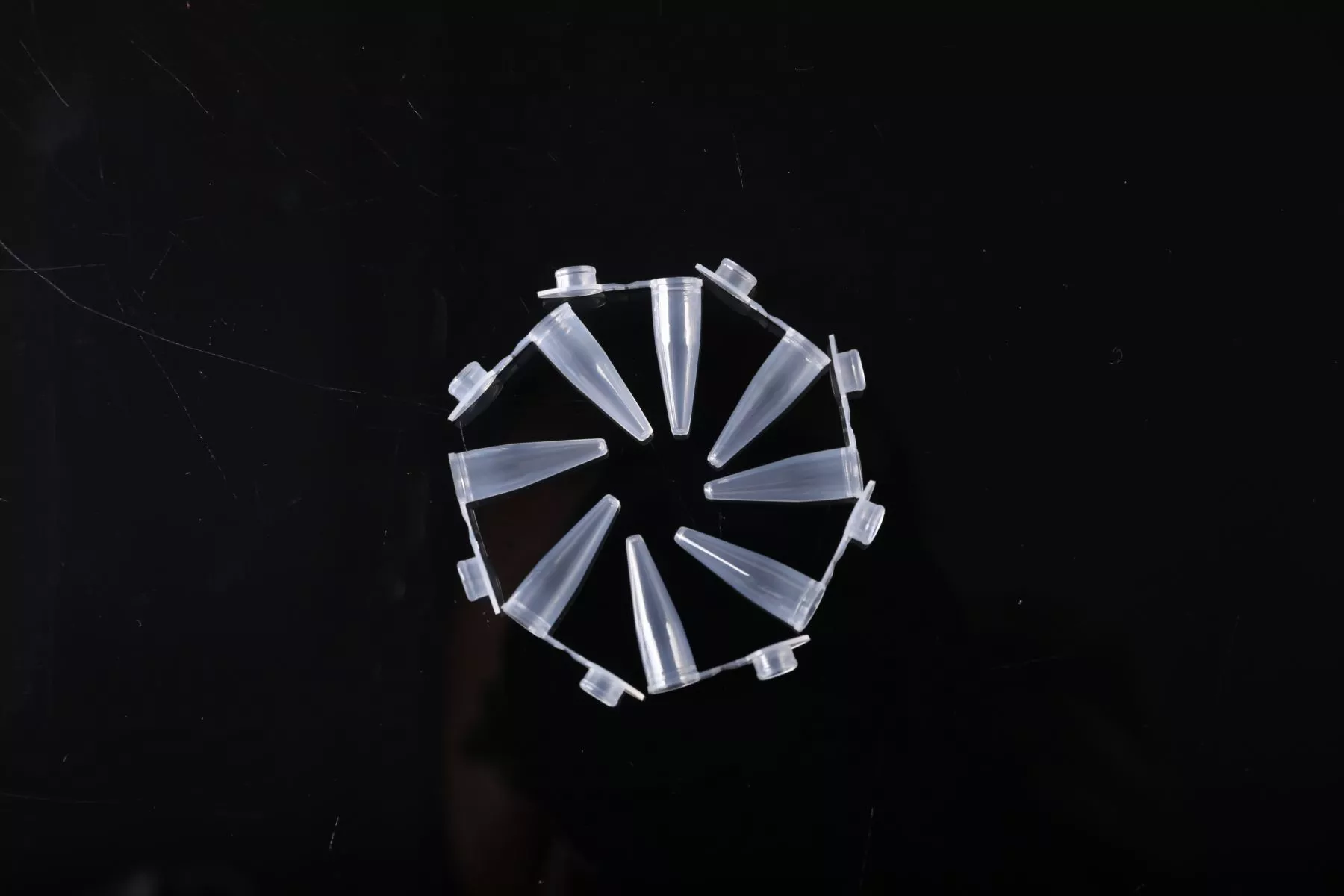
Q: The thicknesses of PCR plates/tubes differ from each other. Is the stability of the thick-walled one better?
A: No. The thickness of the tube wall directly affects thermal conductivity, and an extremely thin wall design can optimize heat transfer and reduce cycling time. To improve the efficiency of PCR reaction and ensure a stable and efficient process, uniform and ultra-thin PCR consumables are the best choices.
Q: Why do some 96-well or 384-well plates have skirts and some don't have?
A: The skirt of PCR plates is designed to better accommodate automated applications, providing stable support and mechanical strength for the instrument, and possessing greater stability during pipetting. There are three types of PCR plates: no skirt, half skirt, and full skirt. Non-skirted plates are compatible with most PCR or qPCR instruments instead of automated applications, and they are not very stable during the pipetting process. Semi-skirted plates can be adapted to labels or bar codes, as well as automated applications, and has good stability. Full-skirted plates are very suitable for automated experimental applications with good mechanical strength and high stability.
Q: Why aren't the cut corners and lettering all the same for 96-well or 384-well plates?
A: It is determined by the role of the cut corner and the lettering. The position of the cut corner depends on the requirements of the adaptive instrument, which is convenient for positioning. The alpha-numeric markings on PCR plates help identify individual well and sample locations. Generally, they are convex or imprinted lettering. For some automated application experiments, imprinted plates will have a better sealing performance.
Q: Why do the wells of some PCR plates have raised rims?
A: The wells of common PCR plates have raised rims and flat rims. The plate with a flat rim can be suitable for most PCR instruments. And the raised-rim PCR plate is convenient to be sealed with sealing film, thus reducing the cross-pollution among samples.
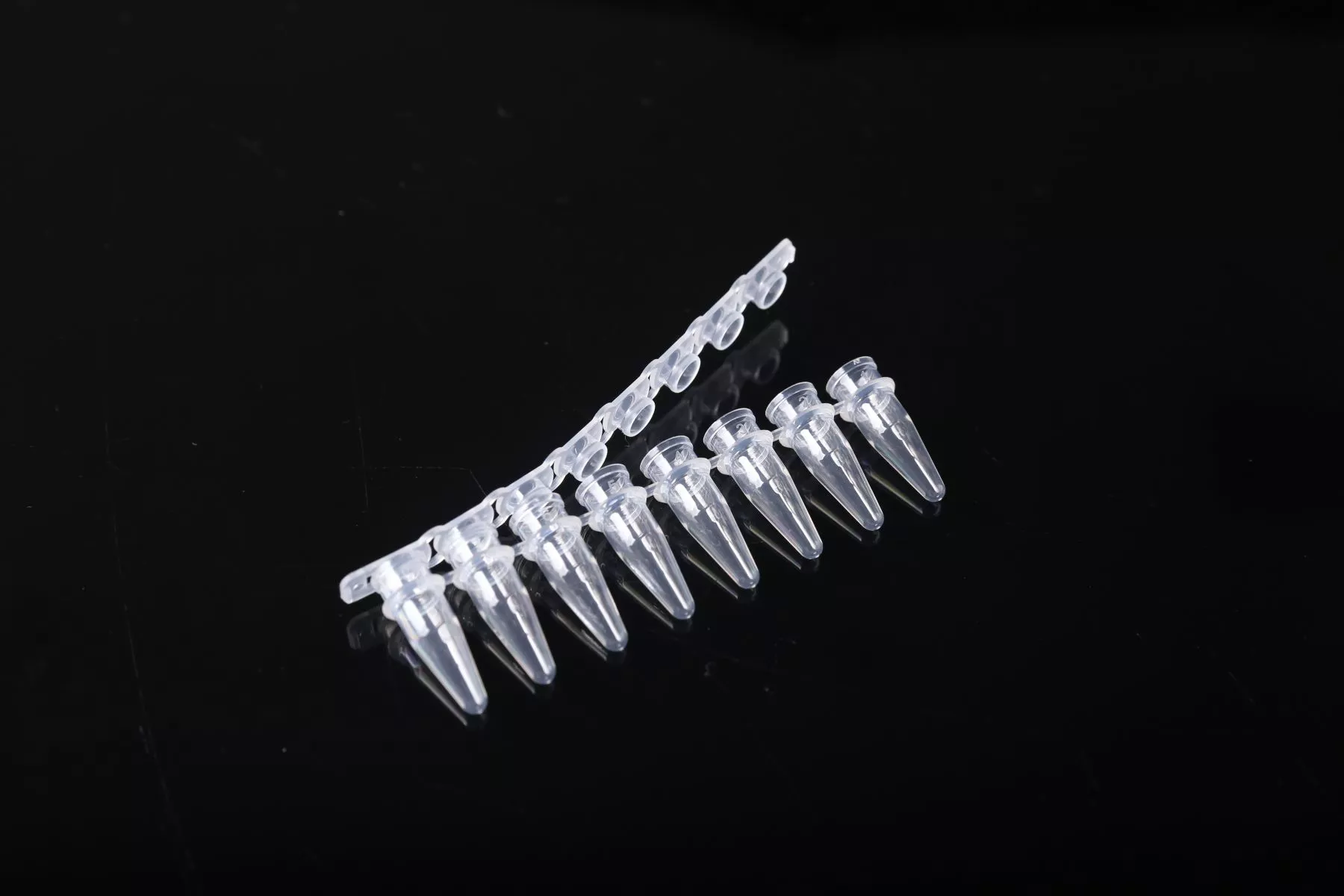

Q: Why are PCR consumables generally made of PP?
A: PCR or qPCR consumables are usually in direct contact with reagents or samples, and polypropylene (PP) is an inert material in biology with good chemical resistance and temperature resistance. It can be autoclavable at 121℃ and withstand the temperature changes during thermal cycling, either. And it's not easy for biological molecules to adhere to the surface.
Q: How to select PCR tubes & plates of different volumes?
A: The volume of PCR tubes can mostly meet the requirements of PCR reaction. However, on the basis of satisfying the needs, low-profile tubes are preferred. The smaller space at the top of tubes can improve the thermal conductivity and reduce evaporation. And when adding samples, it is necessary to avoid adding too much or too little. Too much liquid will lead to reduced thermal conductivity, sample overflow and cross-contamination, while too little will cause sample evaporation and loss.
Q: Why do some PCR tubes have flat caps and some have convex caps?
A: PCR tubes with flat caps and convex caps have their own characteristics. Flat-cap tubes provide accurate fluorescent signal transmission for qPCR and are convenient for marking. And tubes with convex covers can be in direct contact with the hot lid of the PCR instrument to reduce the deformation of the reaction tube caused by pressure. But they will also affect the transmission of fluorescent signals and cannot be used in qPCR experiments.
Q: How should I choose from different colors of PCR tubes & plates?
A: For common PCR reactions, it is all right to use transparent tubes or colored tubes, and colored & transparent PCR tubes are more helpful for sample classification and management. Moreover, it's recommended to use high-quality white PCR consumables in qPCR because real-time quantitative detection of fluorescent signal intensity sensitive and accurate fluorescent signal transmission are required in the reaction. Compared with traditional transparent PCR products, white PCR consumables can maximize the reflection of fluorescent signals, reduce cross-contamination of signals between wells, and optimize the results of real-time quantitative PCR.

Q: The thicknesses of PCR plates/tubes differ from each other. Is the stability of the thick-walled one better?
A: No. The thickness of the tube wall directly affects thermal conductivity, and an extremely thin wall design can optimize heat transfer and reduce cycling time. To improve the efficiency of PCR reaction and ensure a stable and efficient process, uniform and ultra-thin PCR consumables are the best choices.
Q: Why do some 96-well or 384-well plates have skirts and some don't have?
A: The skirt of PCR plates is designed to better accommodate automated applications, providing stable support and mechanical strength for the instrument, and possessing greater stability during pipetting. There are three types of PCR plates: no skirt, half skirt, and full skirt. Non-skirted plates are compatible with most PCR or qPCR instruments instead of automated applications, and they are not very stable during the pipetting process. Semi-skirted plates can be adapted to labels or bar codes, as well as automated applications, and has good stability. Full-skirted plates are very suitable for automated experimental applications with good mechanical strength and high stability.
Q: Why aren't the cut corners and lettering all the same for 96-well or 384-well plates?
A: It is determined by the role of the cut corner and the lettering. The position of the cut corner depends on the requirements of the adaptive instrument, which is convenient for positioning. The alpha-numeric markings on PCR plates help identify individual well and sample locations. Generally, they are convex or imprinted lettering. For some automated application experiments, imprinted plates will have a better sealing performance.
Q: Why do the wells of some PCR plates have raised rims?
A: The wells of common PCR plates have raised rims and flat rims. The plate with a flat rim can be suitable for most PCR instruments. And the raised-rim PCR plate is convenient to be sealed with sealing film, thus reducing the cross-pollution among samples.

Previous: 2021 Exhibition Information
Next: How to Choose A Right Pipette Tip?

